Zinnia (Zinnia spp) is often regarded as the hardest-working flower in the summer garden. It is a genus of beautiful ornamental plants with a long history. The flowers provide a kaleidoscope of color from early summer to late fall.
Zinnia is also one of the easiest flowers to grow because it grows incredibly fast. You don’t have to worry about preparing the soil before growing it. However, zinnia likes to grow in well-drained soil; they are tolerant to all types except wet soil and need full sun exposure.
The seeds are usually planted directly into the garden, but if grown indoors, they become spindly, especially if they start too early. In addition, the seed germinates in one to two weeks at temperatures between 70 and 80 degrees Fahrenheit.
20 Zinnia Companion Plants
Zinnias are not just beautiful flowers; they are also great companion plants. The flowers can look great on their own, but planting them among other flowers or crop plants can have a lot of benefits.
1. Geraniums
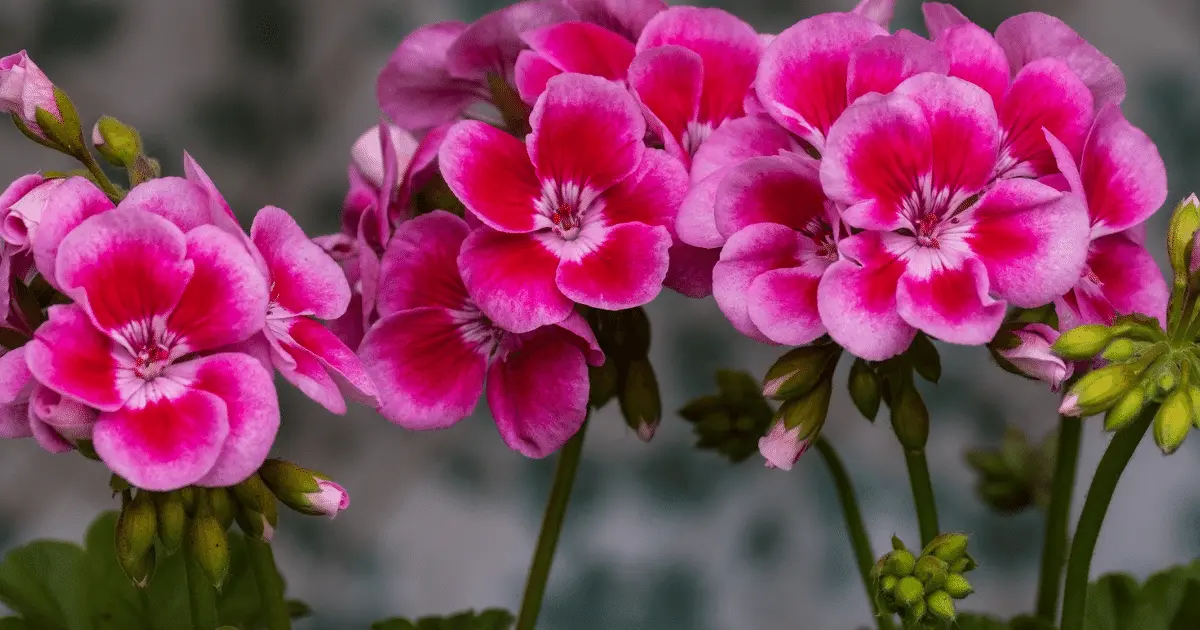
Geraniums are versatile plants used in various landscaping and home decoration applications. It is one of the important versatile plants that is highly adaptable, drought-tolerant, and cultivated under varied agro-climate conditions in India.
Geraniums thrive in well-drained soils and flourish in a mild climate with low humidity, warm climates, and mild summers with an annual rainfall ranging from 10 to 150 cm. Geraniums are an effective landscape addition that will prevent pest problems and promote the healthy growth of your zinnia flowers.
2. China Aster
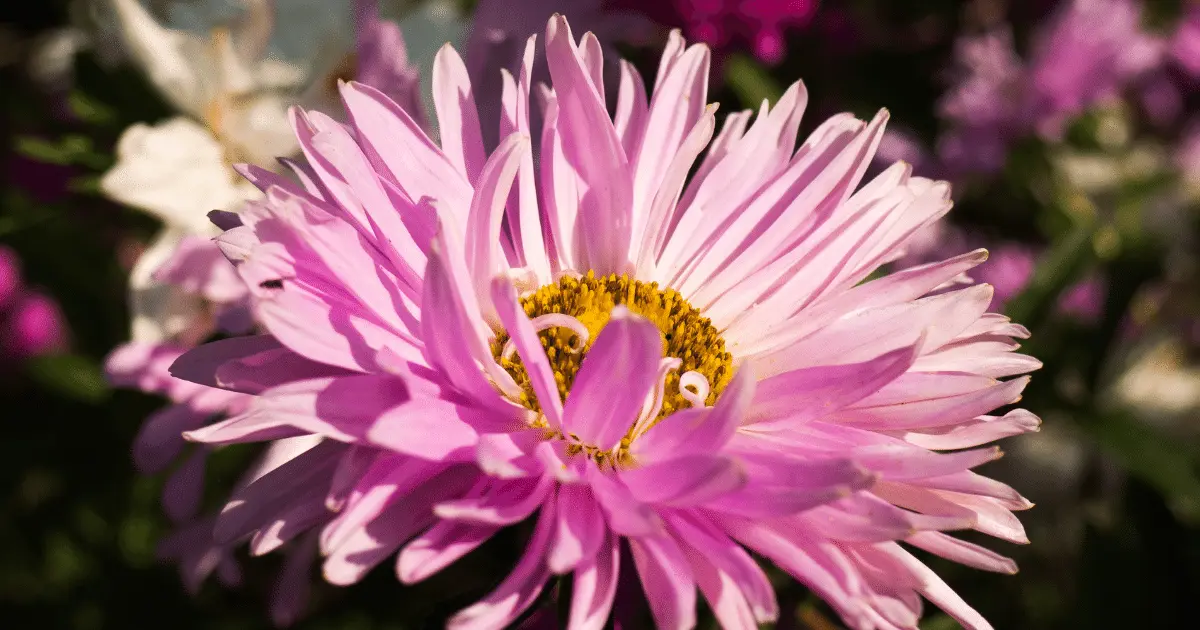
China Aster is one of the most popular flowers used in ornamental gardens. The flowers are used for flower arrangements, interior decoration, garland making, and worshipping. The varieties come in a rainbow of hues from white to red, purple to pink to blue, and with a bright yellow center.
The flowers are thin and pointed and are often confused with mums or regular asters. China aster plants prefer well-drained loamy soil and can grow from 1 to 2 feet tall to 1 to 2 feet wide.
3. Tomatoes
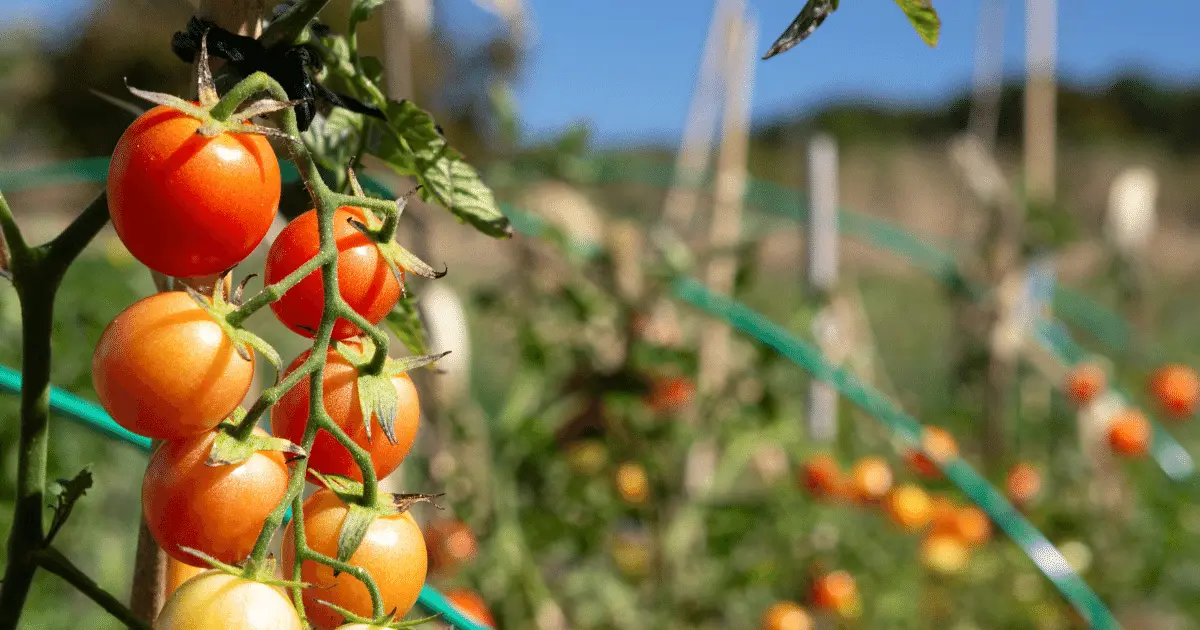
Not only are tomatoes and zinnias great together, but they also share the exact needs and preferences. Tomatoes thrive best in full sun exposure and well-draining soil, while zinnia loves heavy irrigation to produce beautiful flowers. Zinnias has scent properties that make it attractive to beneficial bugs such as hoverflies.
Zinnia prefers cooler climates and needs plenty of water so that they will thrive next to your tomato plants. They will also produce impressive blooms that attract bees and other pollinators, which will help to increase fruit production.
4. Liquorice
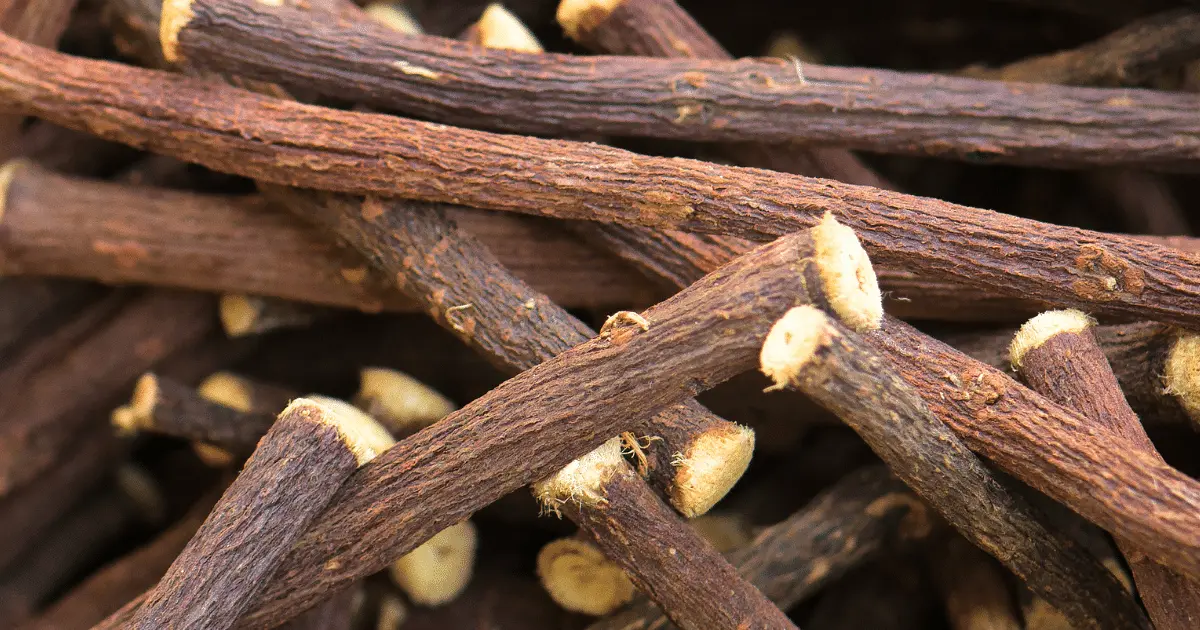
Liquorice or licorice is an important herb used in almost all systems of medicine. It is a lovely, moist, soothing herb that detoxifies and protects the liver. It is also used as a powerful anti-inflammatory being used in conditions such as arthritis and mouth ulcers.
Because licorice is native to mild climates, it prefers temperatures between 15-30 degree Celsius and thrives in full sun or part shade. Zinnias can grow in the exact location as licorice, and it attracts pollinators and deters predators.
5. Dahlia
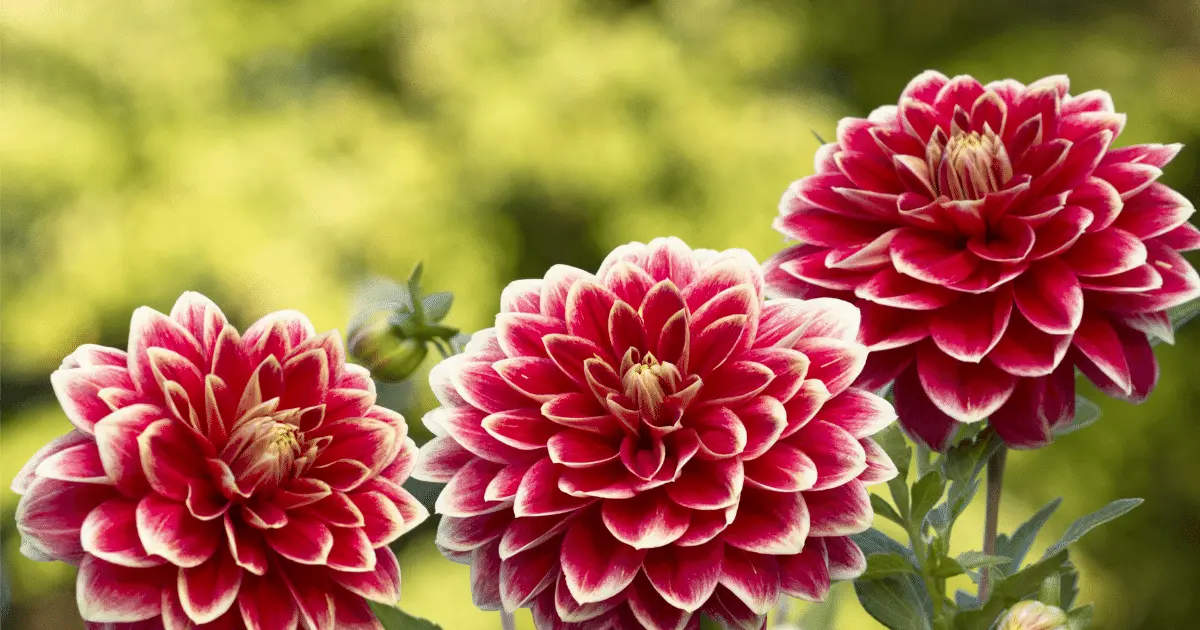
Dahlias can be added to borders or hedges or planted as part of an informal cottage-style garden. The flowers provide valuable nectar for pollinating insects which helps to promote healthy plant growth. Dahlias also have anti-fungal properties, which can help protect your plants from harmful fungi infections.
6. Sunflowers
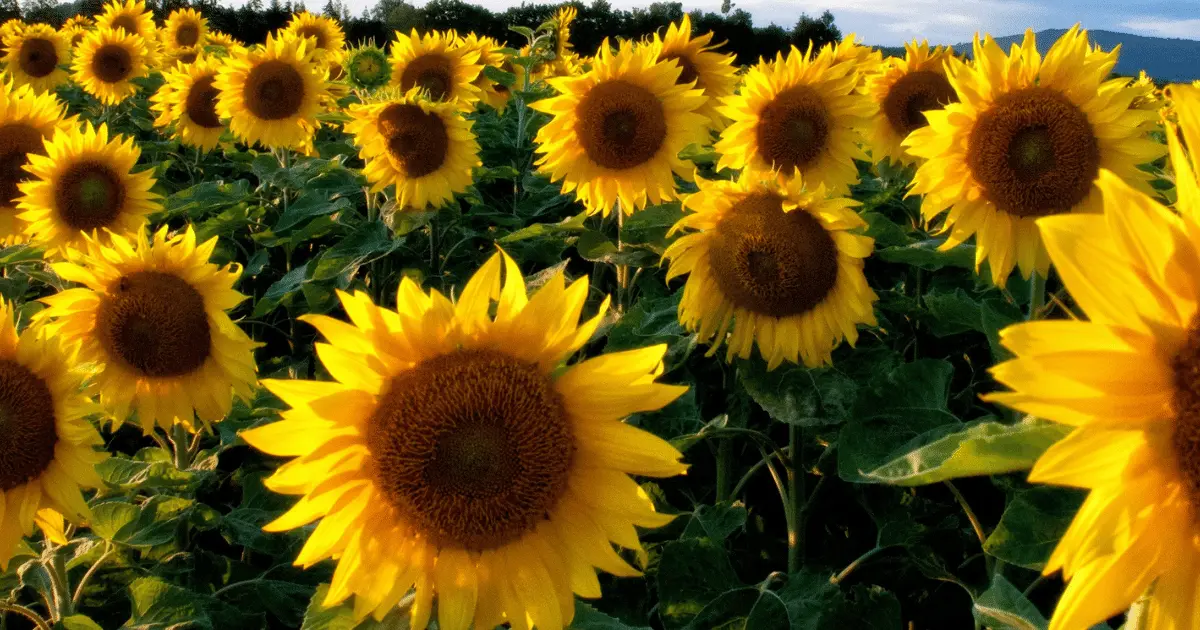
Sunflowers are loved for their large, daisy-like flowers, mostly yellow with brown centers. The flowers help to attract desirable insects to the garden.
Sunflowers can also help increase the number of flowers in your zinnia garden. Planting sunflowers in your garden benefits you and the environment, so if you want to add some bright colors to your garden, consider planting sunflowers.
7. Salvia

Salvia is a large genus with more than 900 species, including annuals, biennials, perennials, herbs, and shrubby plants. It is an attractive perennial that can be combined with other plants in your garden to create colorful displays.
Salvias grow best in full sun and well-draining soil; they are heat and drought-tolerant, making them saviors in the summer garden. Plant zinnia as a backdrop flower in your zinnia garden to help attract all the beneficial pollinators.
8. Toothpick Weed
Toothpick Weed is an easy-to-grow perennial that requires no special care other than watering it. It is a hardy but pretty flower that can grow quickly in many different soil types and climates. You can use this plant as a decorative accent near pathways and other yard areas that require care.
9. Purple Fountain Grass
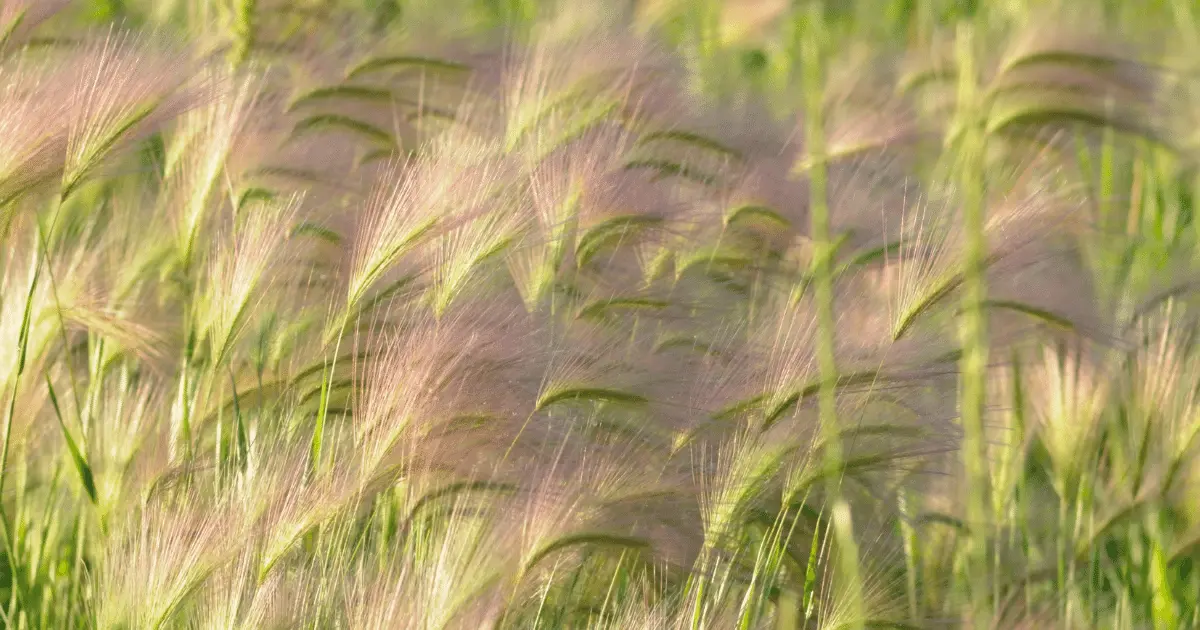
Purple Fountain Grass is a coarse tufted perennial grass and an ornamental ground cover that can be used in a private and public garden. This low-maintenance plant grows quickly and thrives in warm temperatures.
The purple fountain grass does not require much care, but it offers striking shades and elegant movement on your patio or garden. As a companion plant, purple fountain grass adds a lot of colors to your zinnia garden.
10. Mealy Cup Sage

Mealy Cup Sage is a perennial plant grown as an annual in the Midwest region. Mealy cup sage has familiar fragrant lance shaped-leaves and beautiful spikes of colorful lobed flowers.
Unlike other sage plants, mealy cup sage is not fuzzy or thick; they are shiny, elongated, and serrated with a hint of grey on the underside. The flowers provide valuable nectar, which helps to promote healthy zinnia flower growth.
11. Cosmos
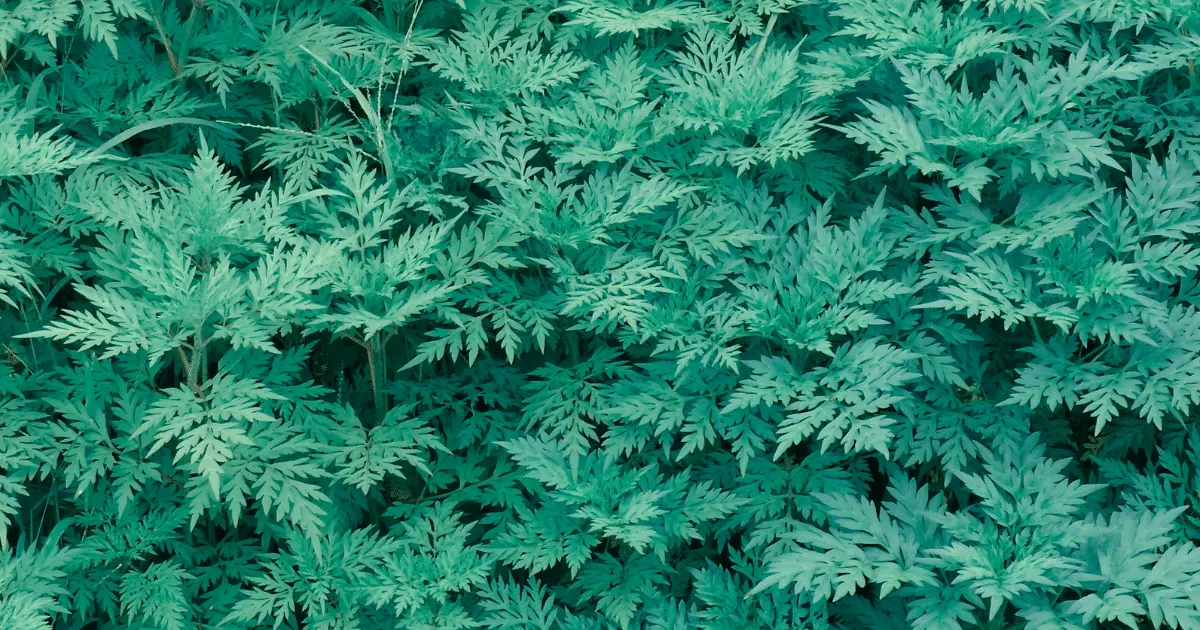
Cosmos is another excellent zinnia companion plant for many reasons. It adds bright, beautiful color to your zinnia garden and is also effective for repelling pests and promoting healthy growth. Therefore, cosmos is an excellent choice if you want a plant that adds vibrant color and prevents pest problems.
12. Marigolds

Marigolds and zinnias look great and work well together in flower borders. Marigolds’ beautiful flowers give off a strong aroma that repels insects like aphids or whiteflies.
13. Basil

If you plant basil and zinnia together, they will provide multiple benefits while adding visual benefits. Basil adds flavor and aroma to your garden, reduces the need for pesticides or other chemicals, and helps to control pests.
Basil also provides excellent floral decoration that enhances the beauty of any landscape or home decoration. These two plants make a perfect pair that can help improve the health of your garden ecosystem.
14. Cucumbers
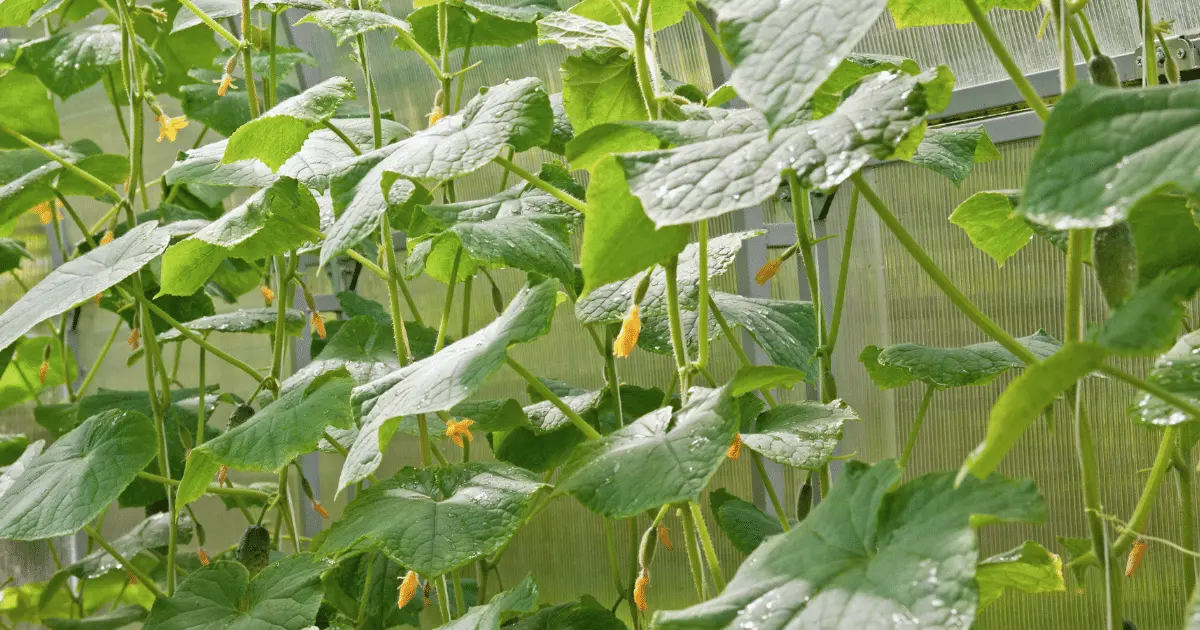
Cucumber is a versatile plant that adds beneficial insects to your garden. It is an excellent choice for gardeners attempting to keep pests at bay because they have a natural tendency to deter pests from entering gardens where they have been planted.
It is also an excellent addition to your zinnia garden. Zinnias will help deter pests like cucumber beetles while attracting predatory wasps when paired together.
15. Peppers
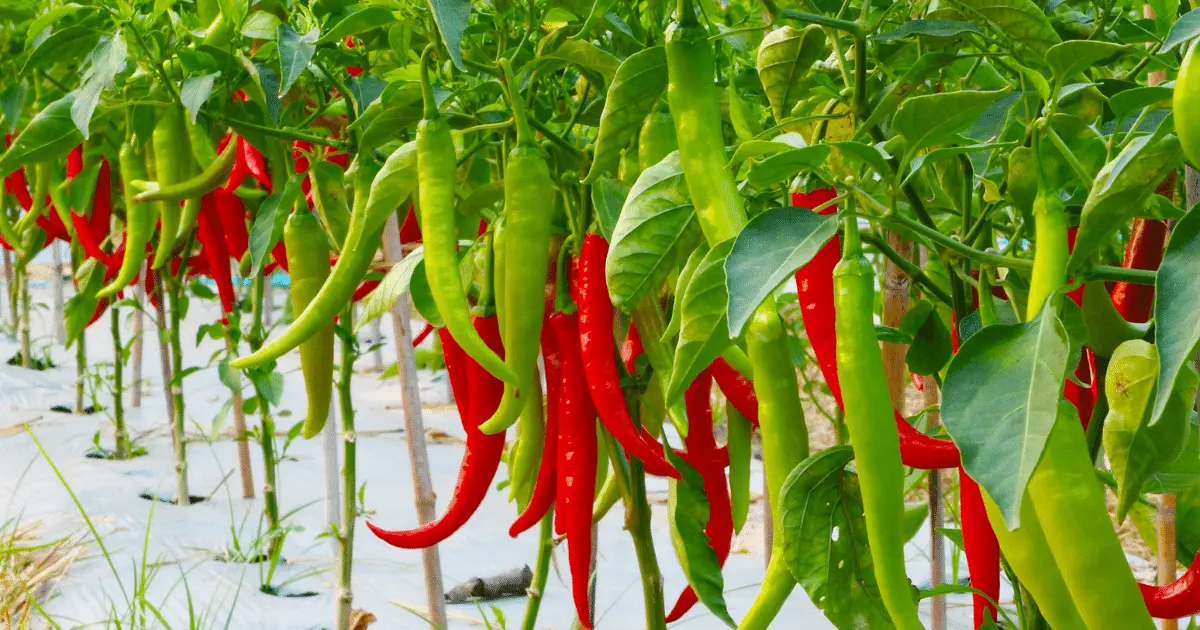
Pepper, as a companion plant, can add spicy flavor and aesthetic appeal to your garden. Peppers prefer any conditions and do well in most soil types when watered regularly.
Zinnias are sun-loving plants, so planting these two plants will provide you with a garden bed full of peppers and flowers all summer long. When planting zinnias around peppers, ensure they are spaced at least 10 feet apart.
You might want to check out: 30 Bell Pepper Companion Plants
16. Sage
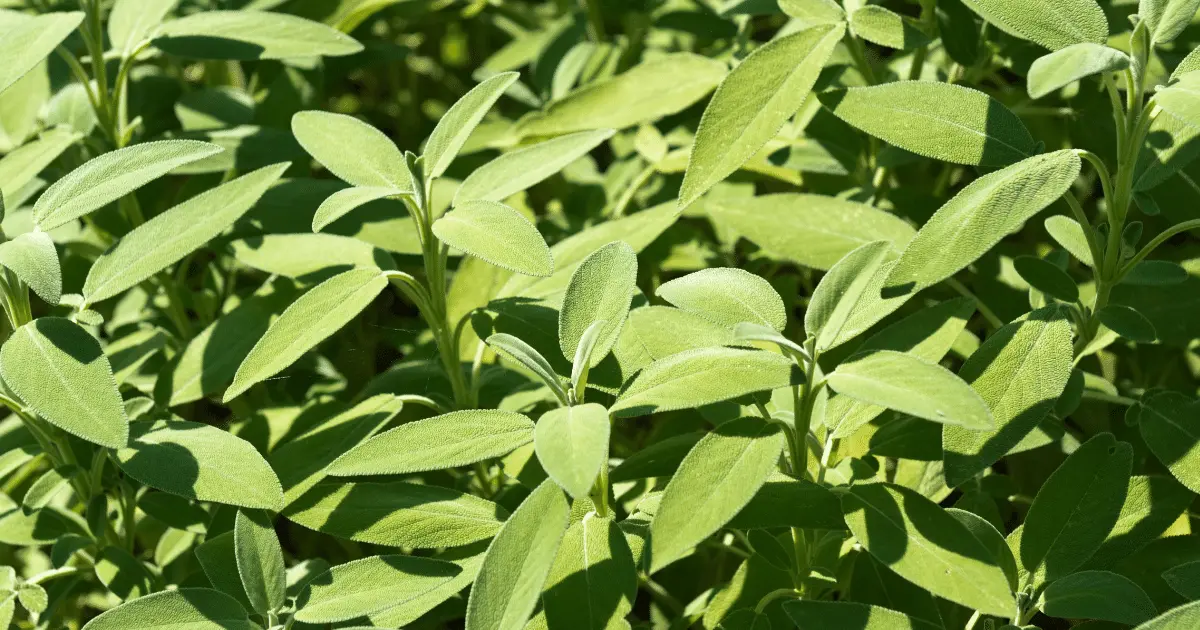
Sage makes a beautiful zinnia companion plant because it can be grown in containers. They can withstand heat and drought, and the heights range from 18 inches to about 5 feet tall. When combined with bright zinnia flowers, it creates a stunning arrangement.
17. Dusty Miller
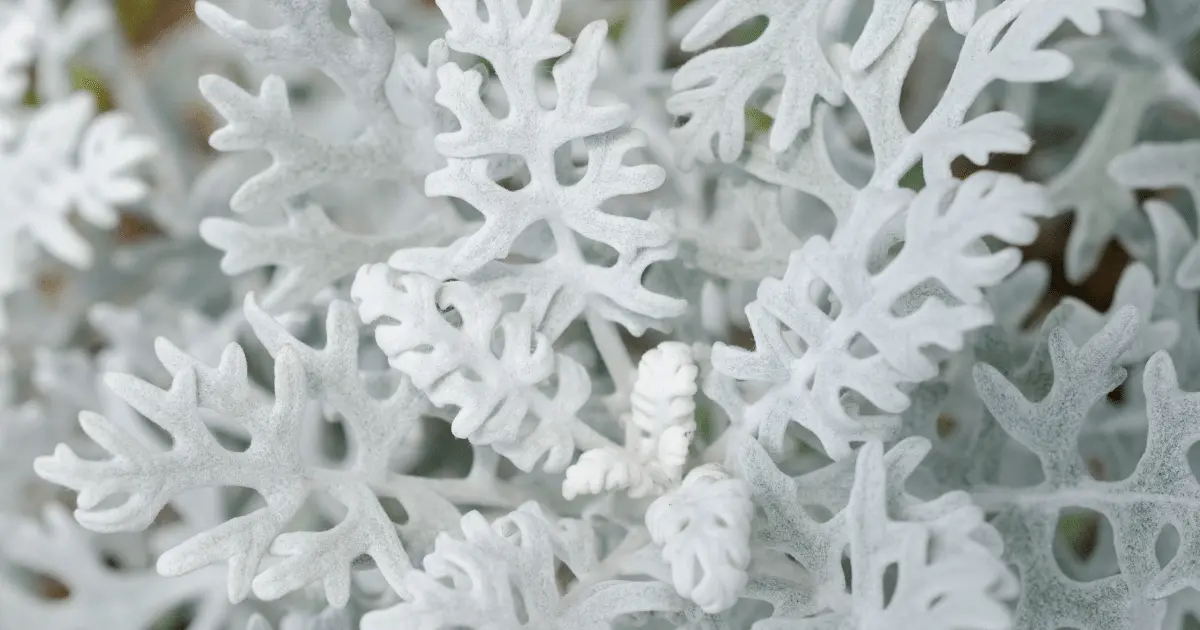
Dusty Miller is a low-growing perennial that adds a unique look to flower gardens due to its silvery foliage. It is ideal for neat edgings or for breaking up large masses of flower color. Dusty miller can be planted in containers where the foliage can be viewed up close.
The main difference between zinnias and dusty miller is the foliage’s size and amount of laciness. Dusty miller prefers a well-drained sunny location, just like zinnias. As a result, both plants will do well when paired together.
18. Alyssum
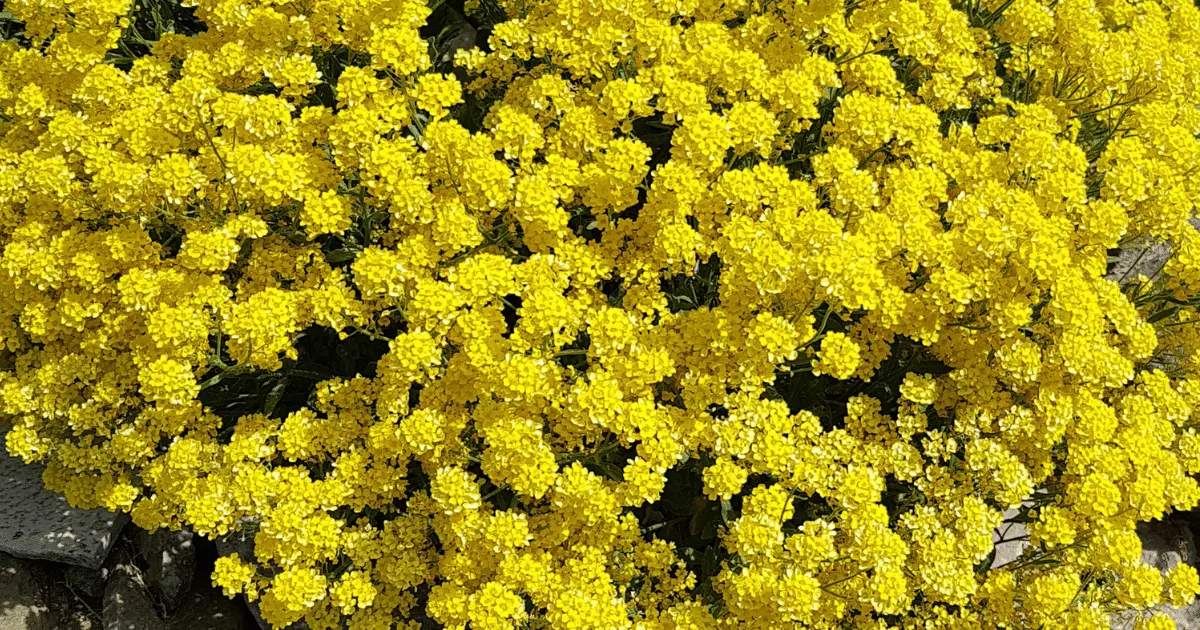
Not only do alyssum and zinnias look great together, but they also make an excellent addition to your garden. Alyssum grows in a mound that is covered with tiny flowers. When planting, choose a white alyssum which will greatly contrast with a mixed-color planting of zinnias or any specific color choice you’ve made.
19. Cauliflower
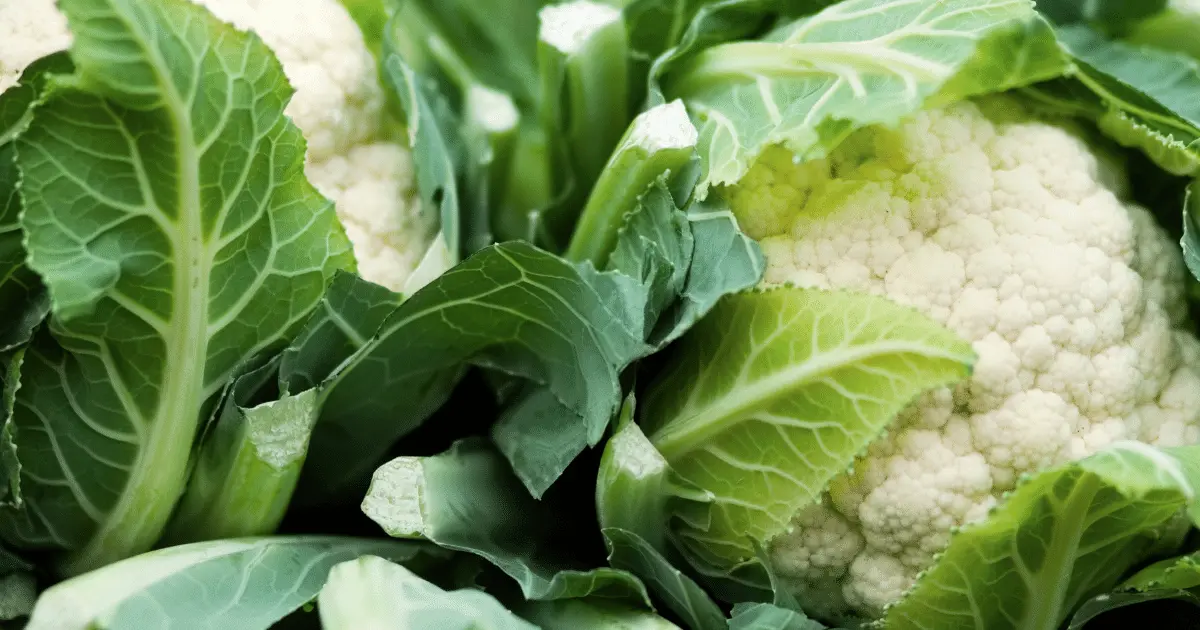
There are many benefits of pairing zinnia with cauliflower. First, they both have similar growth requirements, tolerate low moisture levels, and help improve the overall balance of acidic soil and contaminated soil.
In addition, cauliflower is highly susceptible to various pests and diseases that can damage its plants while growing. In that case, zinnia might be a good companion plant for cauliflower because it is an excellent distraction from certain pests and diseases that can attack cauliflower.
You might want to check out: 30 Cauliflower Companion Plants
20. Kale

Pairing zinnia with kale will improve garden yields and protection against pests and diseases. These two plants are sun-loving, meaning they will get along well in your outdoor space. Zinnias make an excellent companion for kale because they provide visual interest, valuable nutrients, and a flair of color to your garden scape.
